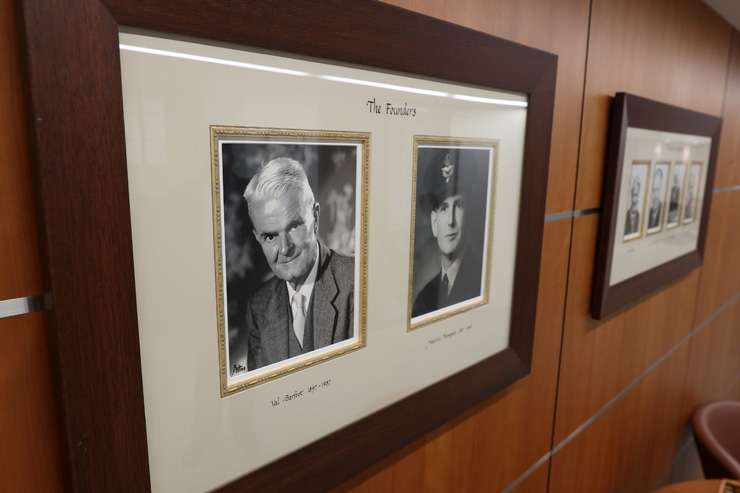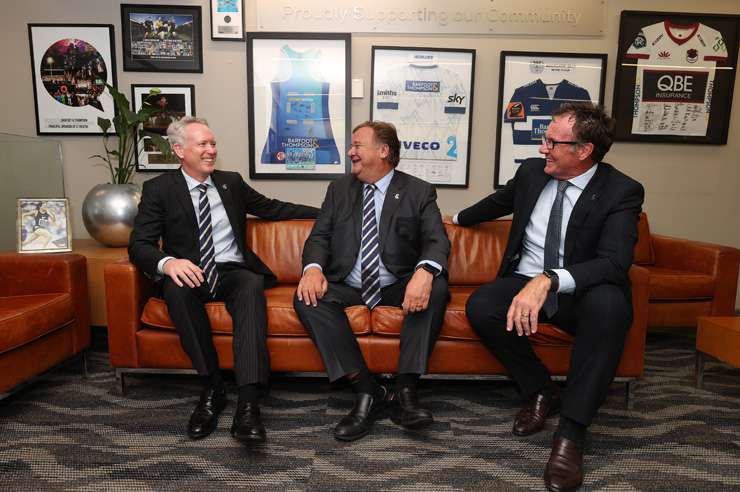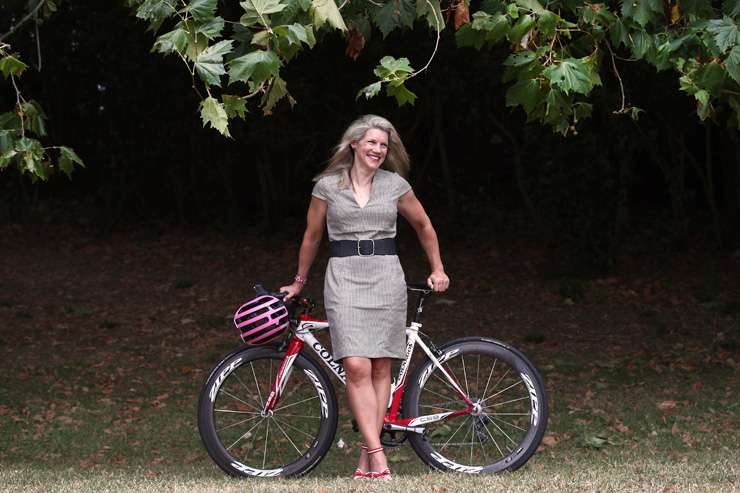PHOTO: Barfoot & Thompson is synonymous with real estate in Auckland for many of city’s homeowners. FILE
According to ONE ROOF the story of Barfoot & Thompson, Auckland’s oldest and biggest real estate agency, is really the story of Auckland.
When the city still had horses with carts, the agency was setting up shop in Newmarket.
And as Auckland spread outwards, so did the real estate company, pushing into new frontiers, north, south, east and west, transforming from a one-man operation to a real estate giant employing thousands of people.
Barfoot & Thompson turns 100 this month, but it’s still very much a family firm at heart.
It has seen boom times and lean times, and all manner of global and local events that have had an impact on the company’s growth, including the Great Depression of the 1930s, World War II, population surges, stock market crashes and a global pandemic.
Over the decades, kauri villas made way for California bungalows and then an array of home designs, from boxy state houses to mid-century modern to architectural masterpieces to today’s terrace housing.
The company has marked its birthday with a special book, Barfoot & Thompson 1923-2023, 100 Years. It notes that perhaps the most significant advance of all in Auckland’s housing market was the indoor toilet, apparently made possible by the arrival of the ball-valve cistern and mains sewerage.
Barfoot & Thompson comprises more than 80 branches, employs more than 1800 salespeople and, in what has become a highly competitive industry, has a 40% share of the Auckland residential real estate market.
Generations of family members have worked for the agency, with the company name reflecting the two founding families.
Currently, three directors from the third generation are in charge, including the company’s first female director, but some fourth generation now also working for the company.
There are also multi-generations of staff members from the same families who have also worked for the firm through the years.
The centenary book describes how it all started. One hundred years ago quiet and shy Val Barfoot stepped off a ship from England hoping New Zealand would be a land of opportunity.

Barfoot & Thompsons founders have a big presence in the agency’s head office in Auckland’s Shortland Street. Photo / Fiona Goodall
He was only 25 but already a veteran of the Great War of 1914-1918 having fought in Ypres on the Western Front.
According to the book, Val never said much about the war but did recall at war’s end men “drowning in the stinking mud of the battlefield” during drunken Armistice celebrations, something which made him swear off alcohol for life.
He walked into a Newmarket office one day thinking it was that of a land agent and while he had no experience selling houses he offered to work for free for a week. The office turned out to be a betting shop and when the owner popped out for cigarettes he disappeared into a pub up the road.
Val disapproved but he also noticed the location was great with a steady stream of foot, horse and motorised traffic.
At the time Auckland’s population was growing fast and there was a land boom underway. Val bought out the business for 75 pounds and set about selling real estate – on March 27 an advertisement appeared in the Auckland Star advising he had sold the home of a D Stuart.
The rest, as they say, is history. Current family members say a lot of that history is trailblazing and that the company’s success is down to the different generations of family members overlapping and passing on expertise, and also the special relationship with Auckland, and Aucklanders, that has been built over the years.
Unlike real estate companies with franchises all over the country, Barfoot & Thompson has largely stuck to Auckland – they know the roads backwards and reckon new builds aside someone from the company has sold nearly every house in the city at least once.
Back in the 1920s, Val Barfoot brought his brother Kelland into the company, which became Barfoot Bros, and brought his sweetheart Christine over from England who he married.
Christine was also a trailblazer in her own right because in 1926, when the Real Estate Institute of New Zealand established a qualification for real estate agents she became the first woman to pass the exam, even before the brothers did.
The company started out on a high but real estate is a rollercoaster business and in 1929 the stock market crashed beginning 10 years of severe economic depression.

Barfoot & Thompson’s leading men: Stephen Barfoot, Peter Thompson and Chris Dobbie. Photo / Fiona Goodall

Barfoot & Thompson director Kiri Barfoot says gender and pay equity have come a long way since the company’s early beginnings. Photo / Fiona Goodall
People lost jobs, relief camps and soup kitchens were set up and wages plummeted, says the book. House prices plummeted, too, with homes that sold easily for 2000 pounds in 1928 not selling for half that five years later.
Property management kept the company going and in 1934 there was another big development for the Barfoot brothers because along came Maurice, who would become the Thompson part of the company name.
Maurice Thompson was a bit of a charmer with the gift of the gab and a knack for sales – he had once sold washing machines door to door while riding a motorcycle with a sidecar.
His father had been worried about his son’s “fecklessness”, according to the book, and asked the Barfoots if they would take him on.
They did and they were so impressed they offered him a third share of the business in order to retain him when he went off to war.
The company went from strength to strength and by the time Val Barfoot retired in 1973 there were more than 30 branches and more than 300 employees.
THE THREE current directors are direct descendants of the different family lines.
Managing director Peter Thompson is Maurice Thompson’s grandson and Kiri Barfoot is Val and Christine’s granddaughter from their son Garth. The other director is her cousin Stephen who is the son of Chris Barfoot, also a company stalwart.
Peter Thompson began in the business after school, aged nine or 10, then joined full time in the 1980s aged 18.
He told OneRoof the first five years of his career were the best. Real estate was simpler back then, when handshakes meant more and it was more fun.
You worked hard and played hard in the days when sales agreements were a mere two pages long as opposed to today’s eight or nine pages, he says.
Thompson had grown up a “little white boy from the Eastern suburbs” and was sent off to the Otahuhu office where he encountered a life he had not known about.
He worked in the property arm, meeting gang members from the Mongrel Mob to the Head Hunters who rented from the company and who had to be kept apart to stop fighting break out.
He also encountered fleas and cockroaches for the first time when he had to break into tenants’ homes only to find they had scarpered but the insects had multiplied.

Managing director Peter Thompson says the first years of his career were his best. Photo / Fiona Goodall
















